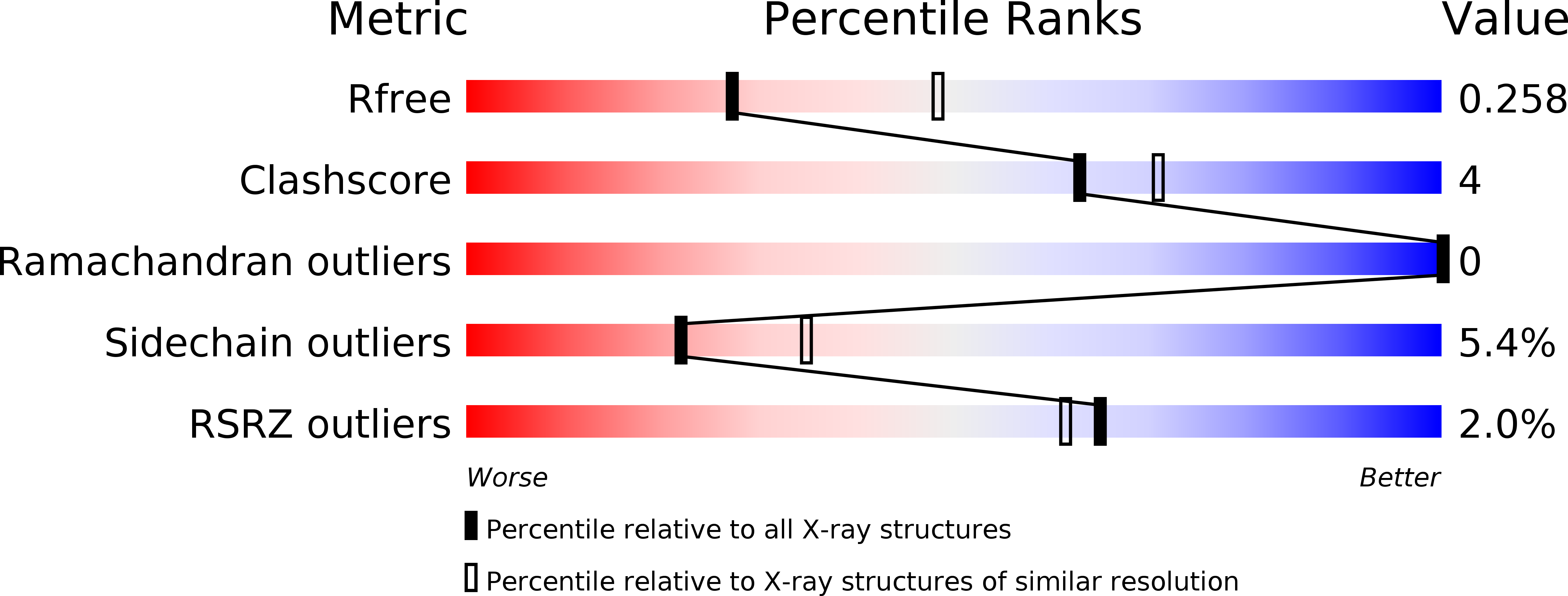
Deposition Date
2013-06-26
Release Date
2013-07-10
Last Version Date
2024-10-30
Entry Detail
PDB ID:
4LEO
Keywords:
Title:
Crystal structure of anti-HER3 Fab RG7116 in complex with the extracellular domains of human Her3 (ERBB3)
Biological Source:
Source Organism:
Mus musculus (Taxon ID: 10090)
Homo sapiens (Taxon ID: 9606)
Homo sapiens (Taxon ID: 9606)
Host Organism:
Method Details:
Experimental Method:
Resolution:
2.64 Å
R-Value Free:
0.25
R-Value Work:
0.22
R-Value Observed:
0.22
Space Group:
P 1


